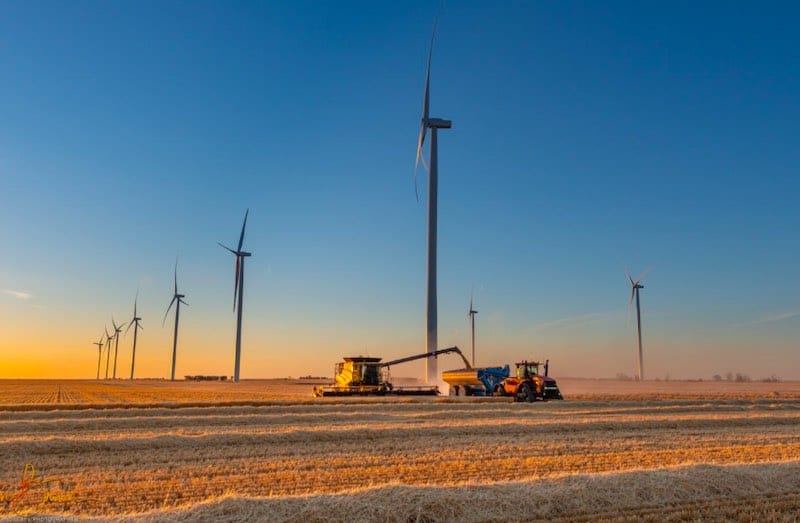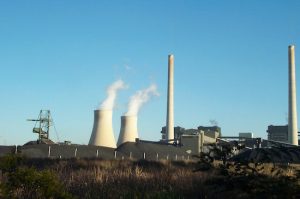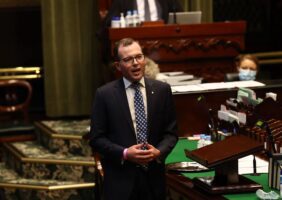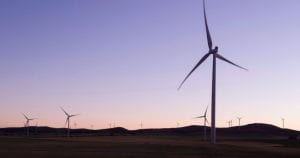The Clean Energy Council is calling for calm and clarification in the wake of the Victorian government’s announcement it will fast-track planning decisions for renewables projects, amid claims that the move will lead to “terrible decisions” and “steam-roll farmers.”
Since the announcement on Friday that the state’s Development Facilitation Program will be applied to solar, wind and storage projects, mainstream media has reported – and sometimes fanned – community concerns that the change will remove planning checks and balances and forsake social licence.
Last week, the Victorian Farmers Federation issued a statement saying the government had “decided to steam roll… farmers and regional communities, with little regard to how it impacts their livelihoods and countless generational family farms.”
And this week, an article published in The Australian quoted RMIT Emeritus Professor of Environment and Planning Michael Buxton as saying the planning changes would lead to “wind and solar generating facilities … [being] be placed in the wrong location.
“It’s likely that all those broader impacts, the loss of farming land, the impacts on biodiversity and landscapes, won’t be properly considered, and what will really only matter will be the need to complete the project, anywhere, no matter what,” Buxton told the Murdoch masthead.
But Nicholas Aberle, the Clean Energy Council’s director of energy generation and storage says this just isn’t accurate.
“The really important point here, which all the critics seem to be missing, is that nothing changes in the assessment process,” Aberle told RenewEconomy on Wednesday.
“If you had to do an [Environmental Effects Statement] before, you still have to do an EES now. And that’s still an extremely thorough assessment of all the impacts that your project might have. It covers cultural heritage, it covers transport issues … it’s a really thorough assessment. That process doesn’t change at all as a result of this announcement.
What does change, Aberle says, is the timeframe on the decision to issue a planning permit or not.
As state planning minister Sonya Kilkenny said on Friday, what that means is that getting a yes or a no from the department of planning on a solar, wind and big battery projects that have completed their application process will take now about four months.
“There’s nothing that reduces the rigour of the assessment or the opportunity for communities to provide input into that assessment [before that decision is made],” Aberle adds.
“Just because you’re getting a faster decision doesn’t mean you’re getting a different decision. So, a project that is deemed to have unacceptable impacts is no more likely to get approval now than it was before. It’s just that they’re trying to make the decisions more quickly.”
But will communities still have a say in which projects go ahead?
“Absolutely,” according premier Jacinta Allan, who was on location at a Victorian wind farm on Friday to answer press questions.
“Through the existing planning processes there will be the requirements around community consultation like there is for all projects, and …communities who support the project or may have issues with the project will have absolutely every opportunity to raise those views through the planning process,” the premier said.
“There are no changes to the public notice process and all community are able to make submissions and each of those submissions will be considered as part of the decision making process,” said Kilkenny on Friday.
Kilkenny says the “accelerated process” is not about cutting community consultation, but rather having a dedicated team to assess completed planning applications for renewable energy projects and returning a decision on those within a four month timeframe.
What about appeals against planning decisions?
This is where much of the community concern lies, with the new rules ruling out third-party appeals to the Victorian Civil and Administrative Tribunal (VCAT).
“What we are changing as of the first of April through cutting through this red tape is where all of these views have been considered … [and then] at the very end of the process the project then being taken off to VCAT. And the process having to start all over again. That is seen as unnecessary delay,” Allan said on Friday.
Allan says that state statistics show that since 2015, one in five approved renewable energy projects have gone to VCAT and that the overwhelming majority of those projects have had the initial planning department decision upheld.
“So… eventually these projects are getting built, but it’s taking far too long. We want to spend more time on projects being built and less time being caught up in red tape. And that’s a key part of the announcement that we’re making today.”
“It is about identifying where we can speed up the process where we maintain community consultation and ultimately deliver good decisions faster,” said Kilkenny.
“So getting the good applications through, getting those approvals on good applications made more quickly to deliver on the terrific renewable energy targets and the transition that Victoria needs.
What about bigger sized solar and wind projects? Will they even be eligible for the fast-track program?
The state government website for the Development Facilitation Program says quite clearly that projects that require an Environment Effects Statement to be prepared are ineligible for the fast-track program.
And a Victorian government has since confirmed to RenewEconomy that “renewable energy projects that are subject to an EES will not be able to use the DFP pathway.”
As the CEC pointed out last week, and as others have since noted, this would immediately rule out most wind farms and a lot of very big solar proposals – and it raises questions around whether the rule change will actually help accelerate the roll out of renewables if it only applies to small-scale projects.
A legal analysis by of the regulation changes by Hall&Wilcox says this condition “should bring some comfort to communities and environmental groups that projects in sensitive areas that trigger a referral under the EES regime will still be subject to third party submissions and a public inquiry hearing if necessary.”
RenewEconomy notes, however, that the website also says all applications to the fast-track program “must meet the DFP eligibility criteria or (our emphasis) be declared by the Minister for Planning as a priority project to qualify for accelerated assessment and determination.”










